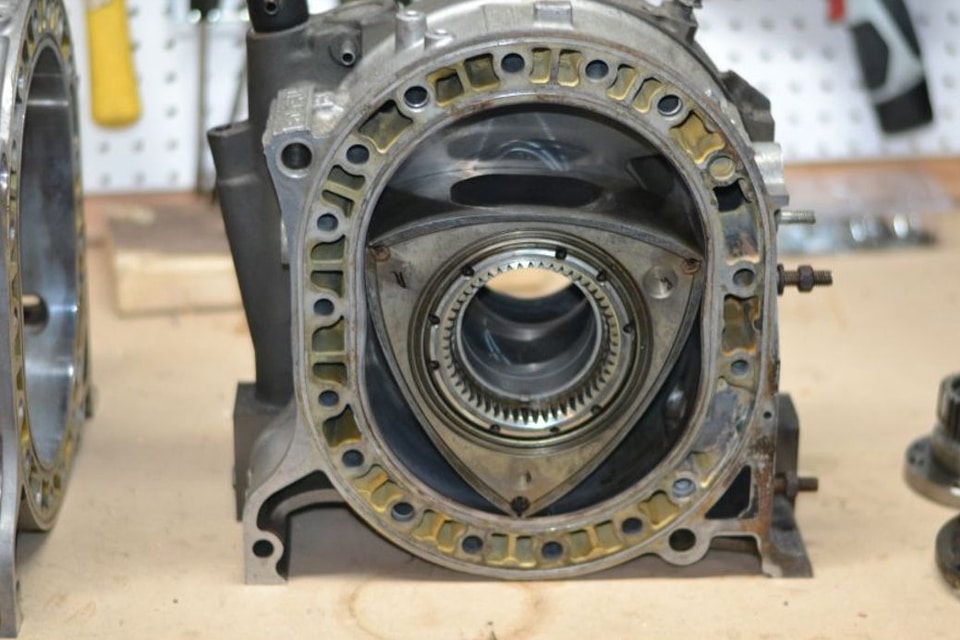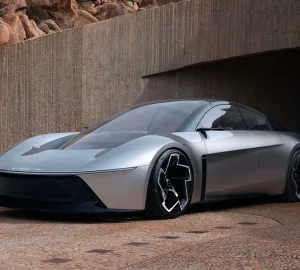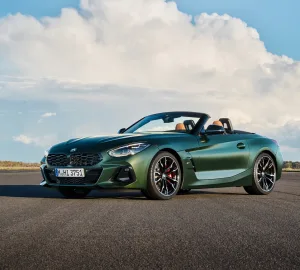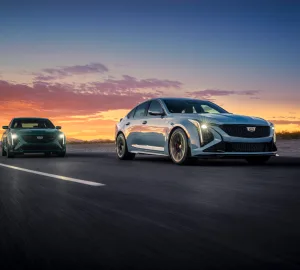Starting up the engine in modern cars is fairly easy. All it takes is a push of the button. And when things become simple and convenient, we often start taking them for granted. The same is the case with highly complex internal combustion engines.
However, very few drivers understand or are at least curious about the technological wizardry that takes place under the hood. If you are one of them, you are in for a treat.
You know all about inlines and Vs, but today we will be talking about types of car engines that are built differently and have been successful to a great extent. And we will also talk about why these engines never became mainstream despite their striking advantages.
Wankel Engine
Also known as the rotary engine, the Wankel engine was invented by Felix Wankel, a German engineer who came up with this unique idea when he was 17. His revolutionary idea took shape in the late 1950s. His engine would replace the conventional piston design with an orbiting rotor built in the shape of a triangle.
This is where the Japanese automaker Mazda saw potential and became the first to jump the gun. Mazda was so convinced of this invention that they adopted this engine in multiple sedans and coupes. And that’s not all. They went on to improve these engines in terms of fuel economy in order to survive the US oil crisis in 1973.
Seeing Mazda’s staggering success with rotary engines, major manufacturers like VW, Alfa Romeo, GM and even Rolls Royce jumped on the Wankel bandwagon.
What was so great about Wankel engines?
A Wankel engine has less moving parts as compared to piston engines, which means there are less chances of breakdowns.
Wankel engines are made for high-revving. Unlike piston engines, rotary engines are quite smooth since there’s no reciprocating mass disturbing the equation.
Rotary engines were designed compact and relatively lightweight, making them an ideal fit for zippy sports cars.
Why did Wankel engines lose their charm?
Over the years, manufacturers realise that rotary engines struggle to meet the ever-evolving emission regulations. Also, these engines would excessively burn oil, which is something that’s frowned upon in the car industry.
As far as the consumer was concerned, rotary engines would require more frequent maintenance. And in case the car broke down, it would be really expensive to fix.
Mazda’s iconic RX-8 was the last car to have a Wankel engine. However, we are expecting a comeback in 2021, which will hopefully bring those iconic cars back to production.
If you drive one and struggle to find spare parts, you can head over to online stores for discount auto parts and free US-wide shipping.
Another type that never entered the mainstream production is Boxer engine.
Boxer Engine
Invented in 1897 by Karl Benz, the Boxer engine (also known as the flat engine) has a horizontal piston arrangement that shows an uncanny resemblance to two boxers throwing punches. The first automaker to popularize boxer engines was Subaru. Their cars were a huge success and inspired other manufacturers to take the plunge.
Of all the automakers, only Subaru and Porsche have managed to perfect their boxer engines. Some of the popular cars powered by a Boxer engine include the iconic Subaru WRX, Subaru Impreza, Subaru Outback, Porsche 911 Classic, 911 GT and Caymen.
What makes Boxer engines special?
By design, Boxer engines offer reduced vibrations and noise since their horizontally placed pistons are more balanced than their inline counterparts.
Boxer engines are compact and are cut out of an aluminum block, making them sturdy yet lightweight.
Boxer engines pose less risk to the driver and co-passenger in an event of head-on collisions. Due to their flat construction and low height, these engines can be positioned to move under the car instead of breaking into the cabin in case of a severe crash.
Closing Words
These engines are less common and that’s what makes them special and attractive. If your car has any of these engines, let us know about your experience in the comment section below.






